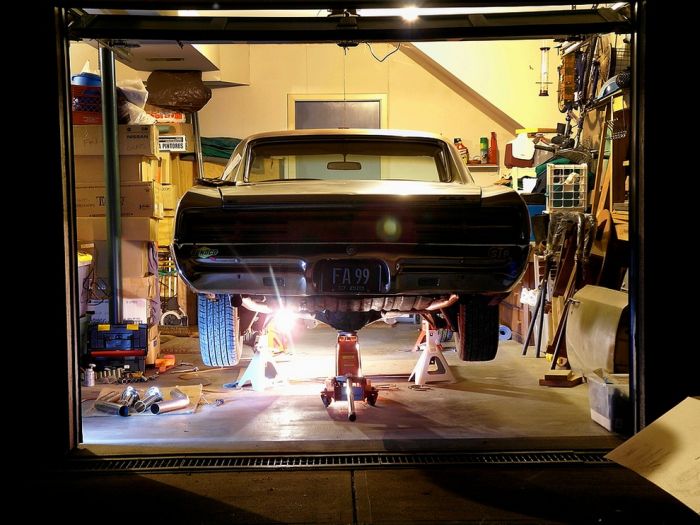|
|
American Automobile Industry
|
General Motors Corporation, the company that would soon become the world's largest automaker, was founded in 1908 by William Durant. Durant had previously been a carriage maker, and had taken control of Buick in 1904. The company initially acquired Buick, Oldsmobile and Oakland (later to become Pontiac) in 1908. The next year GM acquired Cadillac, along with a number of other car companies and parts suppliers. Durant also was interested in acquiring Ford, but after initial merger talks, Henry Ford decided to keep his company independent. In 1910, Durant lost control of GM after over-extending the company with its acquisitions. A group of banks took over control of GM and ousted Durant. Durant and Louis Chevrolet founded Chevrolet in 1913 and it quickly became very successful. Durant began acquiring stock in GM and by 1915 had majority control. Chevrolet was acquired by GM in 1917 and Durant was back in charge of GM. In 1921, Durant was again forced out of the company. During the late 1920s, General Motors became the largest automaker, overtaking Ford. Under the leadership of Alfred Sloan, General Motors instituted decentralized management and separate divisions for each price class. They also introduced annual model changes. GM also became an innovator in technology under the leadership of Charles Kettering. GM followed Ford by expanding overseas, including purchasing England's Vauxhall Motors in 1925, Germany's Opel in 1929, and Australia's Holden in 1931.
Walter Chrysler was formerly president of Buick and an executive of GM. After leaving GM in 1920 he took control of the Maxwell Motor Company, revitalized the company and in 1925 reorganized it into Chrysler Corporation. He then acquired Dodge Brothers in 1927. The acquisition of Dodge gave Chrysler the manufacturing facilities and dealer network that it needed to significantly expand production and sales. In 1928, Chrysler introduced the Plymouth and DeSoto brands. Chrysler also overtook Ford to become the second largest auto maker by the 1930s, following similar strategies as General Motors.
• The Great Depression and World War II
The 1930s saw the demise of many auto makers due to the economic effects of the Great Depression, stiff competition from the Big Three, and/or mismanagement. Luxury carmakers were particularly affected by the economy, with companies like Stutz Motor Car Company, Pierce-Arrow Motor Car Company, and the Marmon Motor Car Company going out of business. The decade also saw several companies with innovative engineering, such as the Doble Steam Motors Corporation (advanced steam engines) and Franklin Automobile Company (air-cooled aluminum engines) going out of business. Errett Lobban Cord, who controlled the Auburn Automobile Company (which also sold the Cord) and the Duesenberg Motor Company, was under investigation by the Securities and Exchange Commission and the Internal Revenue Service. His auto empire collapsed in 1937 and production ceased.
|
|









